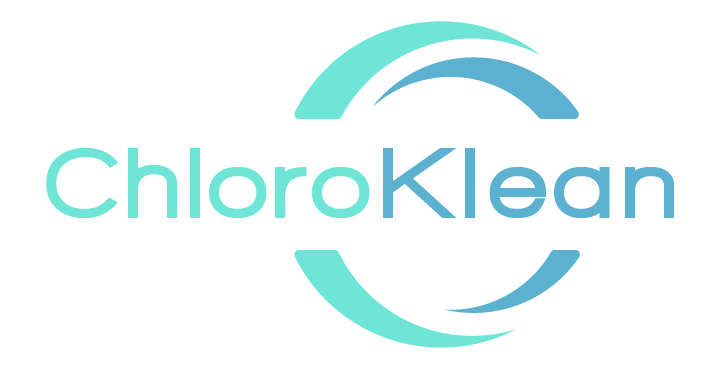Molluscs, barnacles and filamentous algae can cause significant energy losses when allowed to grow unchecked. Maintain process efficiency with ClO2.
Chlorine, whether from gas cylinders, hypochlorite or electrochlorination, is a widely used disinfectant for controlling the growth of marine organisms in industrial cooling systems. Surprisingly, chlorine is relatively ineffective at high pH’s, and much of the actual disinfection is carried out instead by displaced bromine which is also present in the seawater. Chlorine Dioxide is effective at high pH levels and can successfully tackle zebra mollusc problems in pipework.
Many operators have turned to Chlorine Dioxide for their seawater treatment and macrofouling control requirements. Chlorine Dioxide applications for seawater can improve energy efficiency in cooling water systems and reduce the environmental impact from chlorinated by-products, associated with chlorine disinfectants.
As chlorine gas and hypochlorite treatments are increasingly decommissioned due to security, handling and logistics concerns; electrochlorination is often promoted as
a potential alternative treatment. However, the power costs and depreciation / maintenance costs of seawater electrochlorination systems is often considerably higher than the equivalent Chlorine Dioxide approach, which offers a more effective biocidal treatment with minimal environmental impact.
ChloroKlean build and install skid mounted, containerised and mobile Chlorine Dioxide generation systems suitable for the largest seawater cooling systems, installed in power stations, chemical works and refineries / terminals. Our technical and engineering teams are experienced in dealing with the most complex installations, including those in hazardous (ATEX) environments and geographies. ChloroKlean also offer the best possible regulatory support based on our unparalleled worldwide experience.
Quick Fact: Left unchecked, macrofouling can reduce cooling efficiency by up to 30%, leading to greater pollution and carbon emissions.
Seawater Cooling
Process Engineering
A complete multidisciplinary approach from FEED to implementation in order to integrate ClO2 systems into treatment process.
Active Dosing
Unique technology to minimise biocide dosing in accordance with tidal and macrofoulant feeding patterns.
Advanced Technical & Regulatory Support
A team of experienced environmental engineers, chemists and microbiologists on hand to help you obtain and maintain required regulatory permits.
